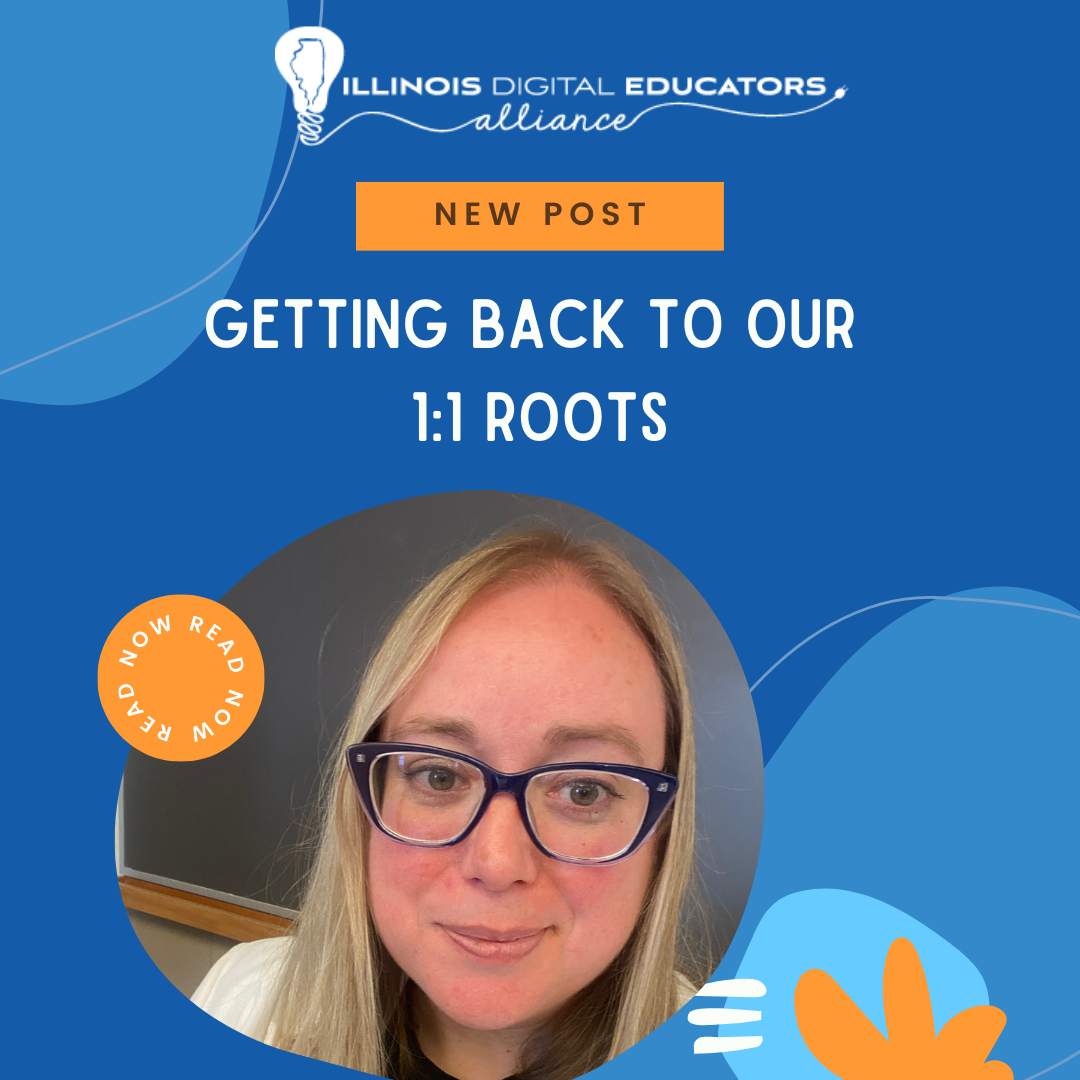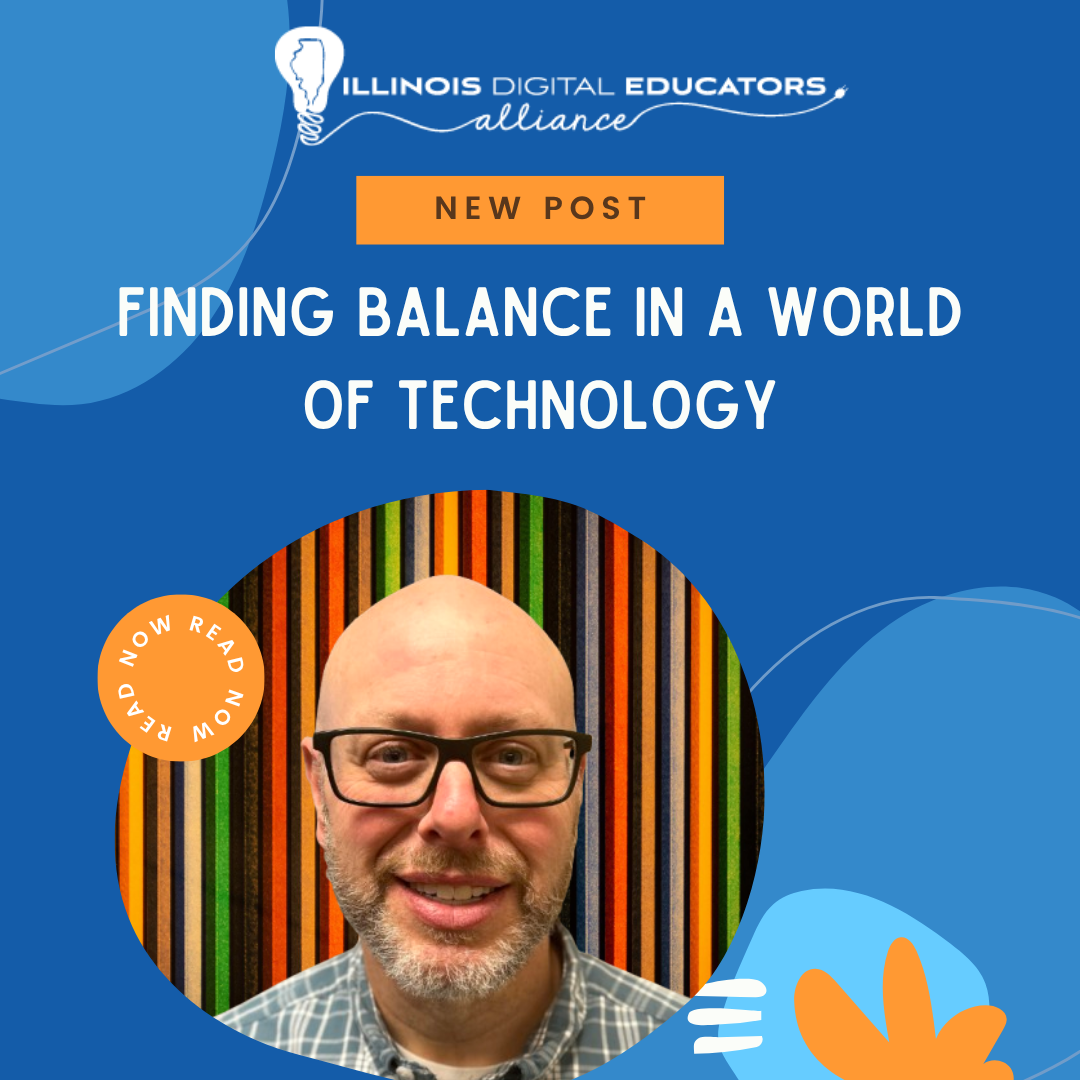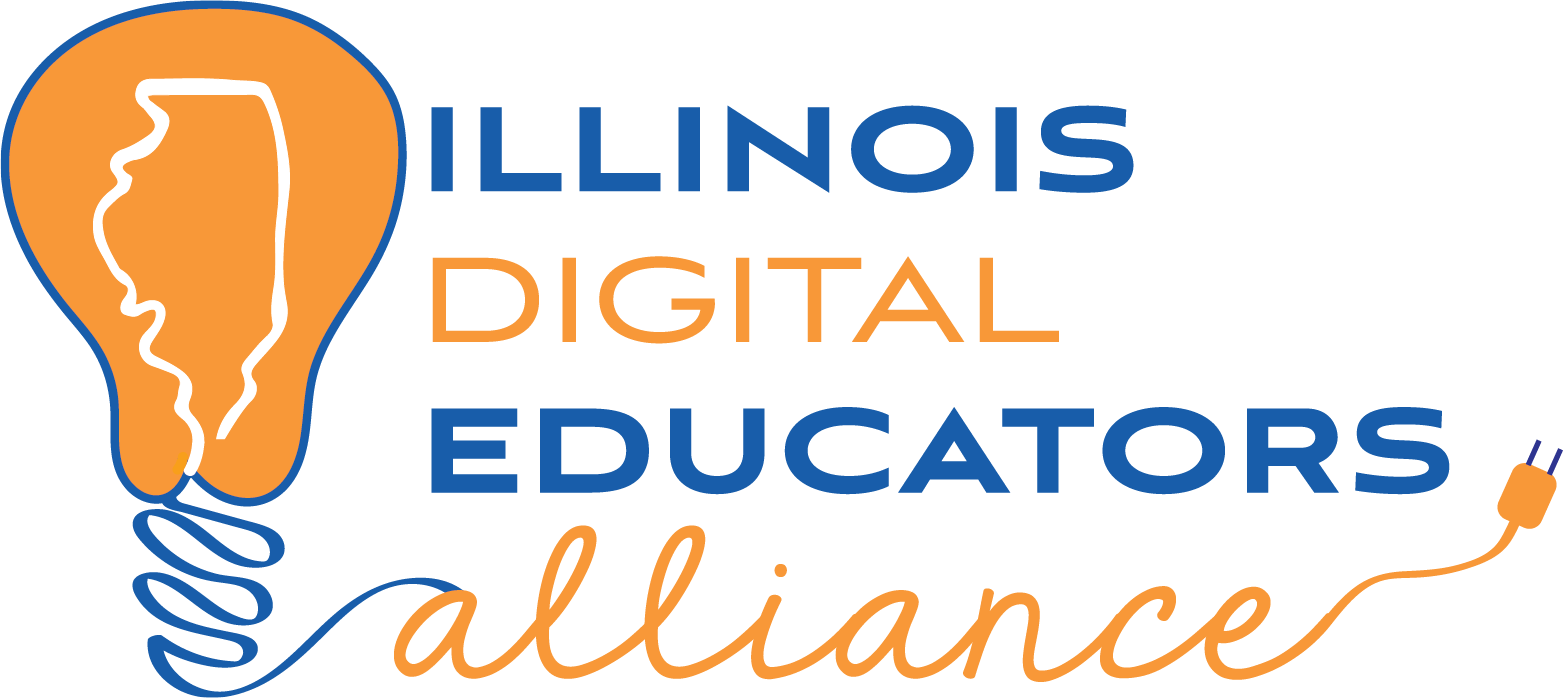ParentSquare + Remind: A New Chapter (and What’s Next)

At the end of last year, we announced the acquisition of Remind—bringing together two of the most widely used platforms in K-12 education in an exciting new chapter for both of us.
Since then, we’ve received questions from customers and users alike about what the acquisition means for you, including the future of the platforms and services you use in your classrooms and communities.
In this blog, we’ll share more about why ParentSquare and Remind are coming together, what the future holds for our platforms, and new features and options you can expect to start seeing very soon.
From former competitors to the perfect match
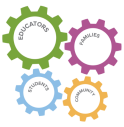
Although ParentSquare and Remind might have been friendly competitors in the past, our companies have always shared the same mission of empowering the communication and engagement that drives student success—by taking different approaches that have turned out to be perfect complements.
Since the beginning, ParentSquare has been designed to solve communication for the entire district, from the central office to the classroom. Our unified platform streamlines communication workflows for all of your school services, enables management and oversight through data dashboards and analytics, and includes powerful tools to help engage families and expand your district’s brand.
In the same way, Remind has stayed true to its roots of making sure that teachers have an effective, convenient way to reach students and families. Known for mobile-first text notifications that save time and improve accessibility, Remind Hub and Chat are built on a foundation of two-way communication for everyone involved in student learning and activities.
Together, our school and district products support 20 million students in all 50 states in the US, while our free classroom service is used in 80% of US schools. And our newly expanded team is already hard at work on building a complete engagement experience designed expressly for all the stakeholders in a district community who play a role in student success: administrators, teachers, staff, and families alike.
What’s ahead: What you need to know

While we’re excited about what the future will bring, our priority is keeping you informed about how the acquisition impacts customers and users. In a nutshell,
ParentSquare, Remind Hub, and Remind Chat will continue to operate in their current forms—with some additional features and options that we’ll share below.
The ParentSquare platform
The same team that built Remind is working on bringing its core functionality to ParentSquare, and they’re starting by adding some of the most popular features among teachers and staff—like voice clips, the ability to join groups using a code, direct messaging an entire class or group without recipient limits, and two-way text messaging the way it works on Remind.
ParentSquare customers will be able to preview these additions by May of this year, and we’re excited to share that they’ll be available on the platform by the beginning of the 2024-2025 school year.
The Remind Hub platform
Remind Hub isn’t going away, either. We’re continuing to develop and release the features that we promised before the acquisition, including message templates, a new admin role for employees, and pulse check surveys.
For current Hub customers interested in features like newsletters, volunteer signups, and conference scheduling, there’s also now a clear transition path for switching to the ParentSquare platform. You can get in touch with our team here for more details.
The Remind Chat service
Finally, Remind Chat will continue to be free for individual use, just like it is now. Millions of teachers, activity leaders, and coaches rely on Chat to stay connected with their classes, clubs, and teams, and this service will continue to have a home at ParentSquare.
Although Chat won’t be directly integrated into the ParentSquare platform, the addition of its core functionality means that ParentSquare customers, old and new, will have access to the functionality of Remind Chat right in their ParentSquare app by this fall.
Stay tuned—there’s more to come
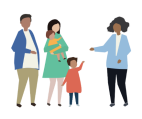
Want to keep up with what we’re working on? Current customers can sign up for our monthly What’s New Review webinars for the latest product updates on ParentSquare, and we’ll also be posting regularly here on the blog.
As always, thank you for coming along on this journey with us. We can’t wait to show you what we’ve been working on!

ParentSquare is relied upon by millions of educators and families for effective school communications. With the only fully integrated school websites and communications platform, ParentSquare provides schools everything they need to engage with their families and community. It manages connections across voice, mobile, web and social media, ensuring equitable communication.

